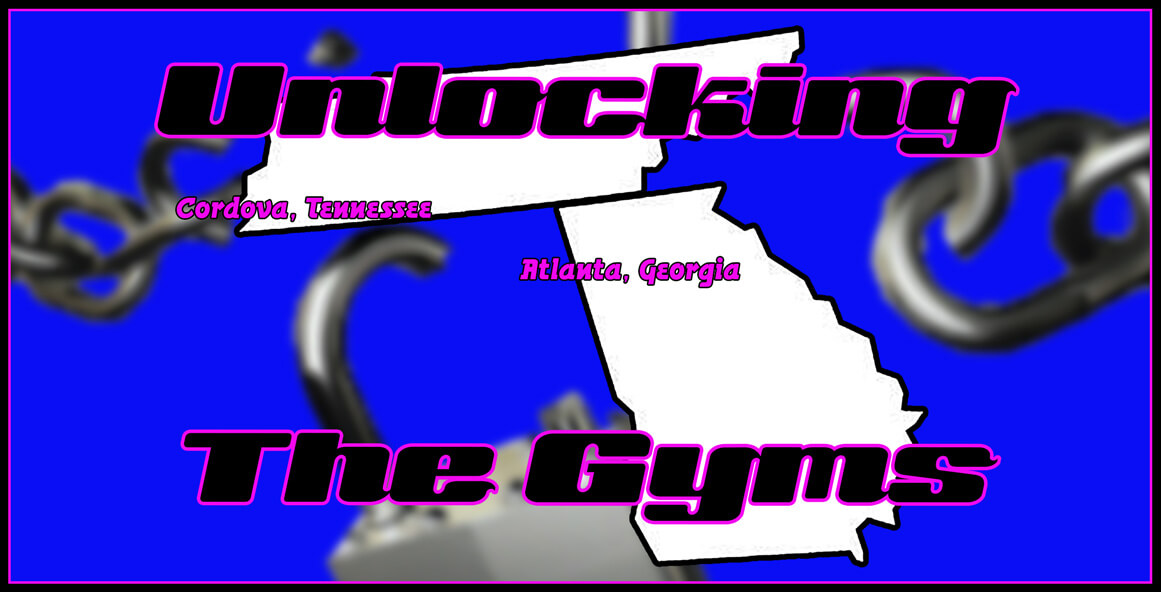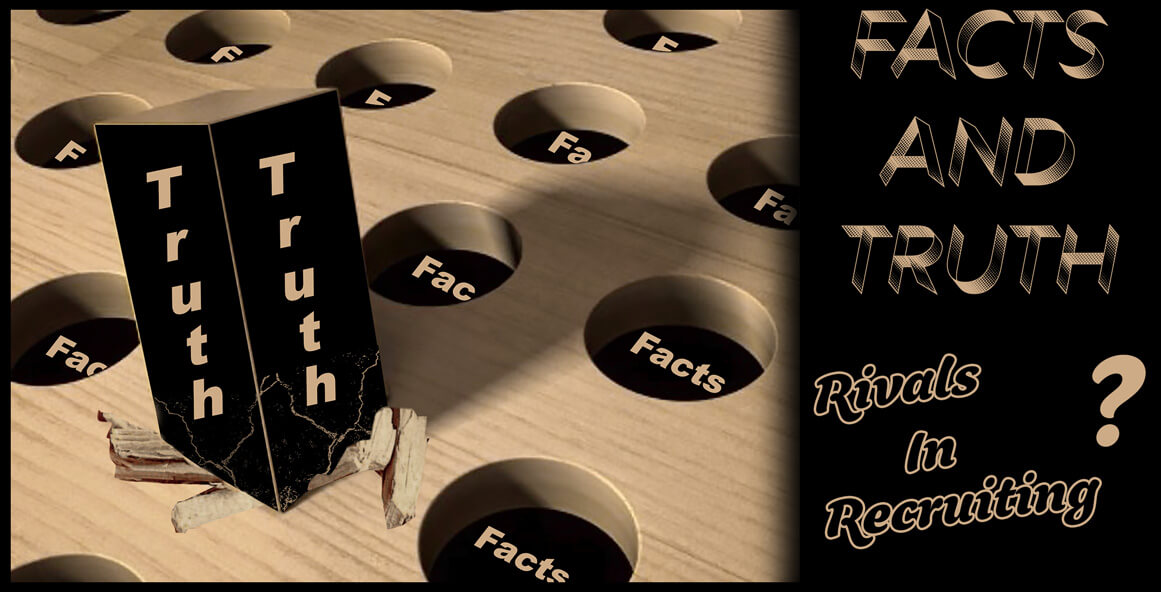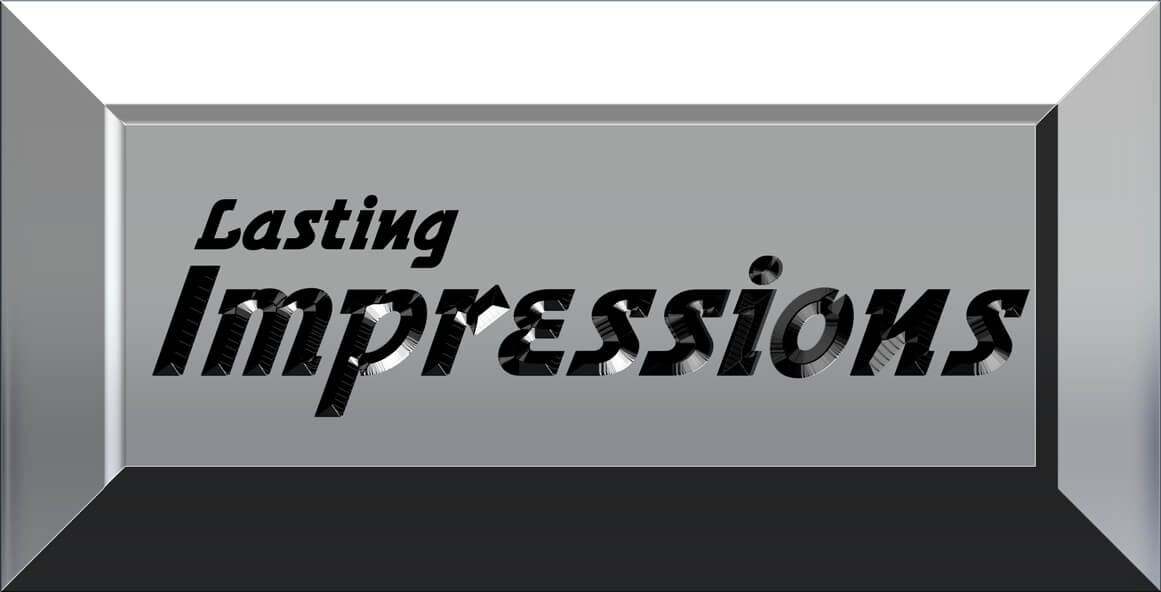
When the credits roll after each scholastic or club event you regularly see names that tend to be in the gym on a consistent basis and, for the most part, have been courtside for many years. However, if you look at those people vested in the game beyond the roles of prospect, recruiters or family you start to see an extreme form of typecasting. The world of basketball recruiting, like the landscape of most parts of life, has a truly diverse cast of characters but this crowd has one undeniable characteristic in common. By process of elimination, let’s identify just “who’s who” in the gym and ultimately that glaring overabundance that makes up this ensemble.
If you were able to look around the gym at a top tier club event and remove the college coaches, parents, players and fans you would be left with many individuals representing multiple interests. You’ve got folks like us at Blue Star Media who are just that, media. Most are free, some are pay and all, to my knowledge, are on the web. By definition, we should be covering an event but never actually be part of it. It doesn’t always happen that way and the “unbiased” gold standard is often skewed to the point of public relations and blatant self-promotion. In today’s world, media and objectivity seldom collide in the same sentence and, in the gym; you have to take what we have with a shaker of salt rather than just a grain.
Also left on the sidelines would be the individuals representing various recruiting services. These folks are collecting information and evaluating talent which they’ll ultimately assemble into some type of report and offer to college programs on all levels at varying prices. For the record, in girls club and high school basketball, media and recruiting services are often members of the same, sometimes dysfunctional, family. The objectivity component again takes a beating especially when you incorporate the word “subscriber” and involve agendas beyond the simple evaluation and portrayal of talent, skills and potential.
Of course, somebody has to promote, coordinate and run those events. The competitive and potentially lucrative landscape for tournament operators continues to grow each year. The biggest tournaments are laying claim to record participation numbers and the non-certified schedule now runs virtually without disruption from March through August. Ironically, that growth comes on the heels of a shrinking NCAA evaluation calendar and an economy that, contrary to claims from our friends in Washington, seems to be flatter than a blown out Air Max. The 2014 July Evaluation period alone saw 172 events certified by the NCAA. (20 were subsequently canceled and one certification was withdrawn)
Additionally, there are a few other folks you’ll see on a semi-regular basis. One site is essentially video based and there are a couple of individuals who are more or less “social media” oriented or simply posting their thoughts (a very generous description) to their blogs, twitter accounts, Instagram or message boards.
Last, but absolutely not least, is the largest and, arguably, most influential group…the club coaches. Now, it pains me a great deal to call some of those individuals “coach” but that’s a conversation for another day. For the sake of this column we’ll lower the bar and include them all, deserving or not. No group has more contact with prospects and their parents or a greater opportunity to influence the development, direction and growth of both individuals and teams. The NCAA marginally watered down their recruiting influence a few years back by negating all contact during the July evaluation period but they still act as buffers, chose events for participation and serve as self-proclaimed experts on the recruiting process. There is a certification requirement for club coaches competing in NCAA certified events but it’s minimal and is applicable just for the extraordinarily limited non-scholastic schedule in place at this time.
Now, for the emphasis of this rambling effort. It’s taken me 656 words to get to this point but, it’s time to look at the obvious. I’m going to throw out some names and let’s see what they have in common. Icon Mike Flynn (Blue Star / USJN), long time competitor Mike White (All Star Girls Report), Steve Kozaki (Tournament of Champions), Chris Mennig (Blue Star / USJN), Bill McDonough (Blue Chip Basketball), Kevin Lynch (Blue Star), Bret McCormick (All-Star Girl’s Report), Dan Olson (Collegiate Girls’ Basketball Report), Brandon Clay (Jump Off Plus / Peach State Basketball), Bob Corwin (Full Court), Demond Hairston (Girlpowher Showcases), Prentice Beverly (Blue Star Media), Joey and Jerry Simmons (Premier Basketball), Keil Moore (JOP / Peach State)…are you sensing a trend yet? This is not remotely an “all inclusive” list nor should anything be read into who is or is not listed…“who” isn’t the point.
If the obvious is still getting by you, let’s slow down and put an exclamation point on things by going at it from a regional approach. Tom Jenkins (Ohio Girls Basketball Report), Kenny Kallina (Florida Girls Basketball), Tink Butler (Next Sports Phenom – DMV), Joe Fenlon (NYGHoops), Simi Colson (Girlz Prep Report – Texas), Nicc Jackson (Elite Girls Basketball – California)…Again, hardly a comprehensive list but you should have noticed the indisputable by now.
We’re 42 years removed from the enactment of Title Nine, thousands upon thousands of female athletes have participated in club, scholastic and college basketball and yet the peripheral of our sport operates with an overwhelming testosterone influence. I’m not saying there aren’t any women in the categories I mentioned above but they’re outnumbered more than fans of the Big Bang Theory at a Shakespearean Festival.
Lisa Bodine covers a full schedule for us at Blue Star Media. Marissa Holbert can be seen at event after event shooting video for Pass Tha Ball (Yes, Tha is correct) and Lee Michaelson has owned the directionally challenged Full Court for years. Photographer Kelly Kline was briefly on board with Full Court but has since parted ways with the site. Former players Mercedes Wetmore (Washington) and Rebecca Gray (NC/Kentucky/Union) have done some writing but are not regular fixtures though Wetmore just jumped into the mix this summer. However, those few do little to counter the tremendous gender imbalance in the lineup of those evaluating, writing and living on the sidelines.
On the floor there are teams that have support from some noted professional players. High profile standouts like Diana Taurasi, Sylvia Fowles, Epiphanny Prince and Skylar Diggins have their names on the jerseys of some club teams but their active involvement is understandably limited. WNBA legend, now retired, Tina Thompson is getting involved and was out on the circuit this summer as well.
But where are the rest? Particularly on the bench. With the growth of the game over the past 25 years and the sheer number of players who possess valuable experience to share, the voices from the coaching box are still decidedly masculine. Take a look at three premier events from this past July and the evidence is as conclusive as it gets. The highly successful Nike EYBL featured 32 teams in its first year and just five (Essence, Fairfax Stars, Miami Suns, Michigan Crossover, New England Crusaders) were coached by women on a full time basis. Another program (Philadelphia Belles) had an assistant from the first two events heading things up down the stretch in Augusta. The longest running and most prestigious open event of the summer, the USJN National Championships in Washington, D.C., saw just 15.8 percent of the coaches among 346 teams list women as head coaches on their rosters. Go a step further to the largest tournament of the summer, the Battle in the Boro, and the exact same percentage of rosters featured a female head coach. Between the three the ratio is a 7 to 1 feminine deficit. As a master of the obvious I’m inclined to believe that something is amiss!
I’m not advocating the mindset that women inherently should be coaching women. Not in the least. My background, experience and passion for the game want simply the best people coaching these athletes during such a critical time in their development. (Hence my earlier sarcasm regarding some of the efforts being passed off as coaching) The same goes for those evaluating and writing for media and recruiting services on a regular basis. That being said I struggle to understand why more former players or ex-college coaches aren’t staying involved in a setting that they themselves experienced and often benefitted from. And while the “give back” scenarios of Taurasi, Fowles, etc… are commendable, they’re the exception. For every college player that goes on to make a living playing in the WNBA or overseas there are hundreds of others who have the knowledge, history and voice to make a difference.
This isn’t a glass ceiling situation. It’s a wide open market. Then again, it’s not exactly one that leads to a down payment on house in Beverly Hills or taking delivery of a new BMW every year. It necessitates someone willing to give up that rare and valuable commodity of time while possibly enduring a hole in their pocket for a few years. The opportunity is, and has always been there to run events, start your own scouting service (God knows enough people have done so), or offer up some type of media entity for evaluations or coverage. Is it easy? Absolutely not and it entails an extensive investment and commitment. Those people above that have found consistent success took chances in the past and continue to do so with the ever changing terrain of NCAA legislation impacting their business model. Some are fortunate to have someone at home carrying the load that enables them to stay in the gym. Others still take their vacation at tournaments across the country each spring and summer instead of a sandy beach in the Caribbean. The financial challenges of diving into this pool are the same for both men and women but we’re still male heavy across the board.
At the risk of walking on the thin ice of sexism, I’ll point out, as several have done for me; women often end up at home with young children negating any opportunity to join the circus. Whether or not you have kids and the direction you take in terms of maternal and paternal responsibilities is not the issue. Every job, in or outside the game, comes with professional commitments and decisions for parents and far be it from childless me to entertain even a single thought about what role basketball should play in that mix. Whether you’re a club coach, event operator, evaluator or writer, the schedule of club and high school basketball is not exactly conducive to quality family life a’ la Cleaver and Cosby. The “basketball life” is a choice Modern Family might not even find a storyline for.
I’m not looking for explanations or a rationalization, that’s the easy part. Solutions? That’s a different game altogether. There are already plenty of influential and committed women making an impact as assistant club coaches, helping run events or the few I mentioned on the media / evaluation peripheral. However, the demographics overall hardly correlate with past participation. There are way too many successful and impressive individuals who came through “the system” over the years for the gender gap in every role to be the breadth of the Grand Canyon. The reality is that the landscape of scholastic and club basketball is not the cesspool that it’s often portrayed as nor is it the private domain of men.
In the spirit of all the charitable, weight loss or fitness “challenges” that seem to permeate our endeavors these days, it’s time to challenge former players, ex college coaches and the many other accomplished women who can teach, mentor, evaluate and be a role model in advancing the game on the court or on the sidelines. The talented and promising young girls on the horizon need input from someone who’s walked a mile in their Nikes.
(Obviously the images above are EYBL coaches Aggie McCormick Dix (Fairfax Stars) and Kimberly Davis Powell (Essence) who absolutely aren’t missing and have the track records to prove it…but they are among a minority and could use some company!…Mark)
Mark Lewis is a national evaluator and photographer for Blue Star Basketball as well as the lead columnist for Blue Star Media. Twice ranked as one of the top 25 Division I assistant coaches in the game by the Women's Basketball Coaches Association (WBCA), he logged 25 years of college coaching experience at Memphis State, Cincinnati, Arizona State, Western Kentucky and Washington State. Lewis serves as a member of the prestigious McDonald’s All-American selection committee as well as the Naismith College Player and Coach of the Year committees.

Latest Articles
-
Basketball
/ 2 days agoBlue Star Media unveils Elite 10 Girls All-American Team; Oklahoma recruit is National Player of the Year; Ron James of No. 3 Bishop McNamara (MD) the Coach of the Year
BENSALEM, Pa. – Putting a bow on the 2024-25 regular season ends with the...
-
Basketball
/ 6 days agoPERFECT 10: Blue Star Media reveals Elite 10 Boys All-American Team; A.J. Dybantsa is Elite 10 Player of the Year; Andrew Moran the Coach of the Year
BENSALEM, Pa. – Greatness on the court often accompanies and defines the Blue Star...
-
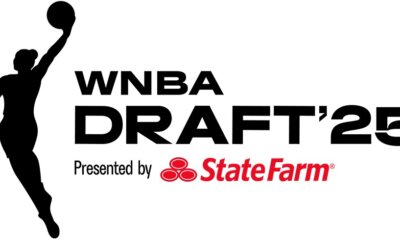

Christopher Lawlor
/ 1 week ago2025 WNBA Draft Tracker: Bueckers off to Big D with first pick; All 38 selections are complete
NEW YORK – Blue Star Media is giving live updates from the 2025 WNBA...
-
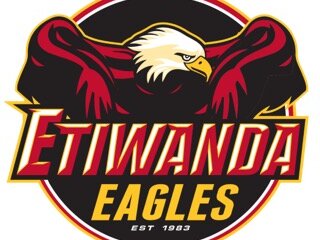

Christopher Lawlor
/ 2 weeks agoELITE EAGLES: No. 1 Etiwanda (CA) girls repeat as Blue Star Media Elite 25 National Champions on strength of CIF Open Division chip
BENSALEM, Pa. – There is something to be said about being the best team...
